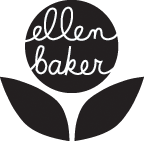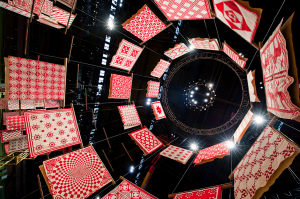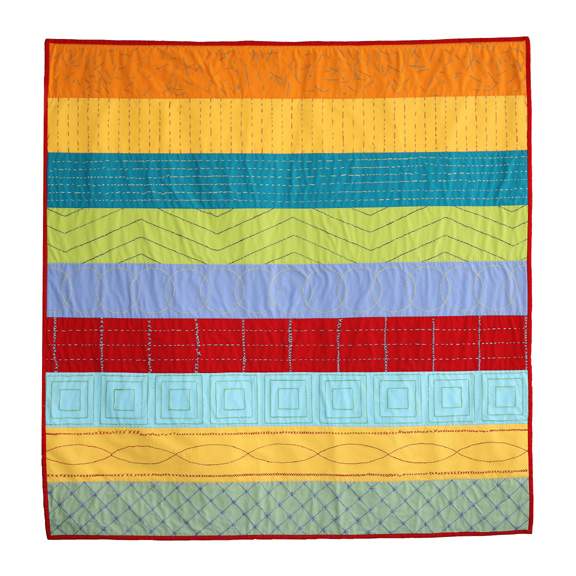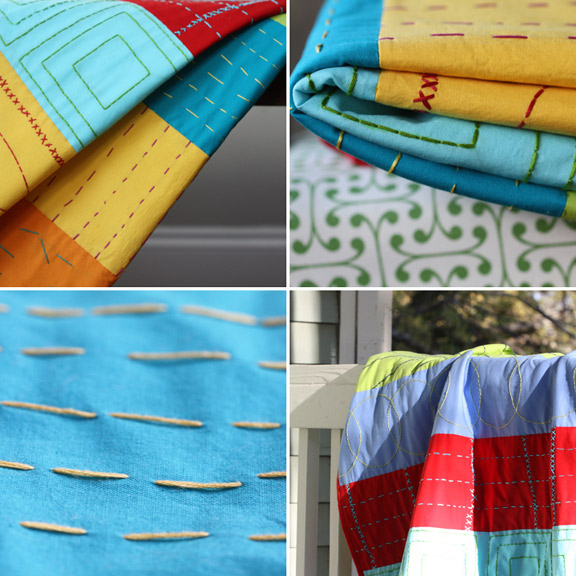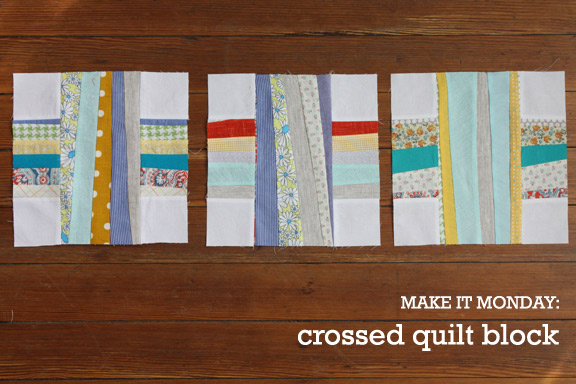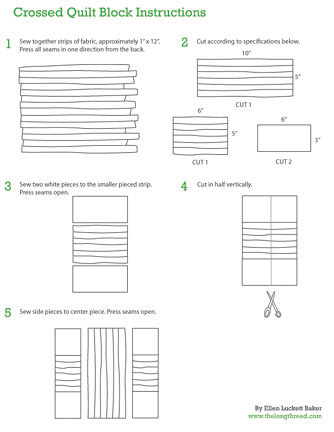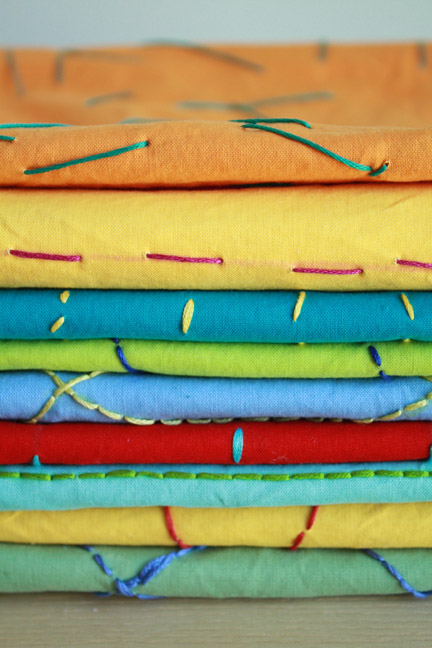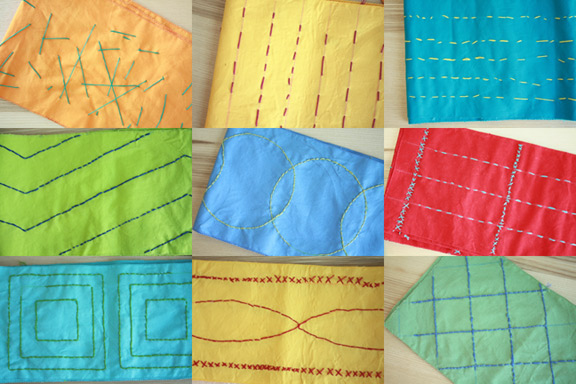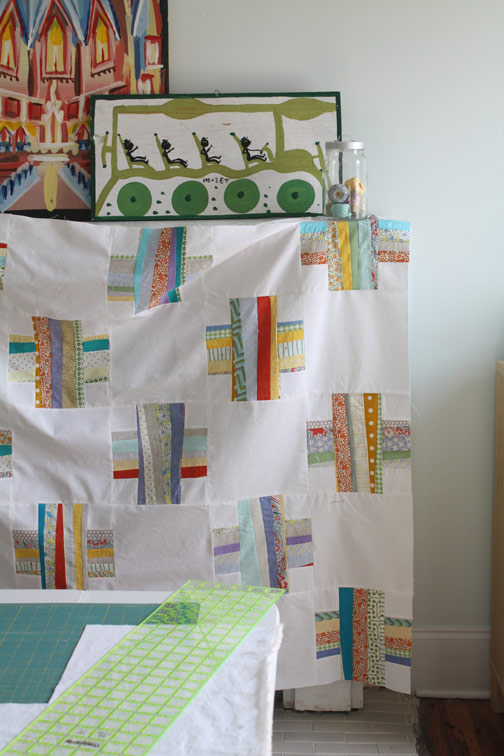
I finally put together the quilt top for this throw — see previous posts here and here. Another month and maybe I’ll actually get it quilted? It’s odd that since I’ve turned sewing into a business, I actually have less time to sew.
I’m sure I’ll get some comments about the paintings above, which I just haven’t had a moment to actually hang on the wall since I painted my sewing room last year. The painting on the right is by self-taught artist Mose Tolliver who lived in my hometown of Montgomery, Alabama. I remember visiting his home with my mother, during a time when she was very interested in folk art. And the painting on the left is by Steve Keene, whose work resembles that of self-taught artists, but he is in fact a Yale-educated, Brooklyn-based artist who paints in multiples. My husband became interested in Keene’s work when he started painting album covers.
Lately when I talk I end my sentences, with “blah, blah, blah” as I tend to go on these days and bore even myself. Maybe I should start ending posts this way too? Blah, blah blah.
